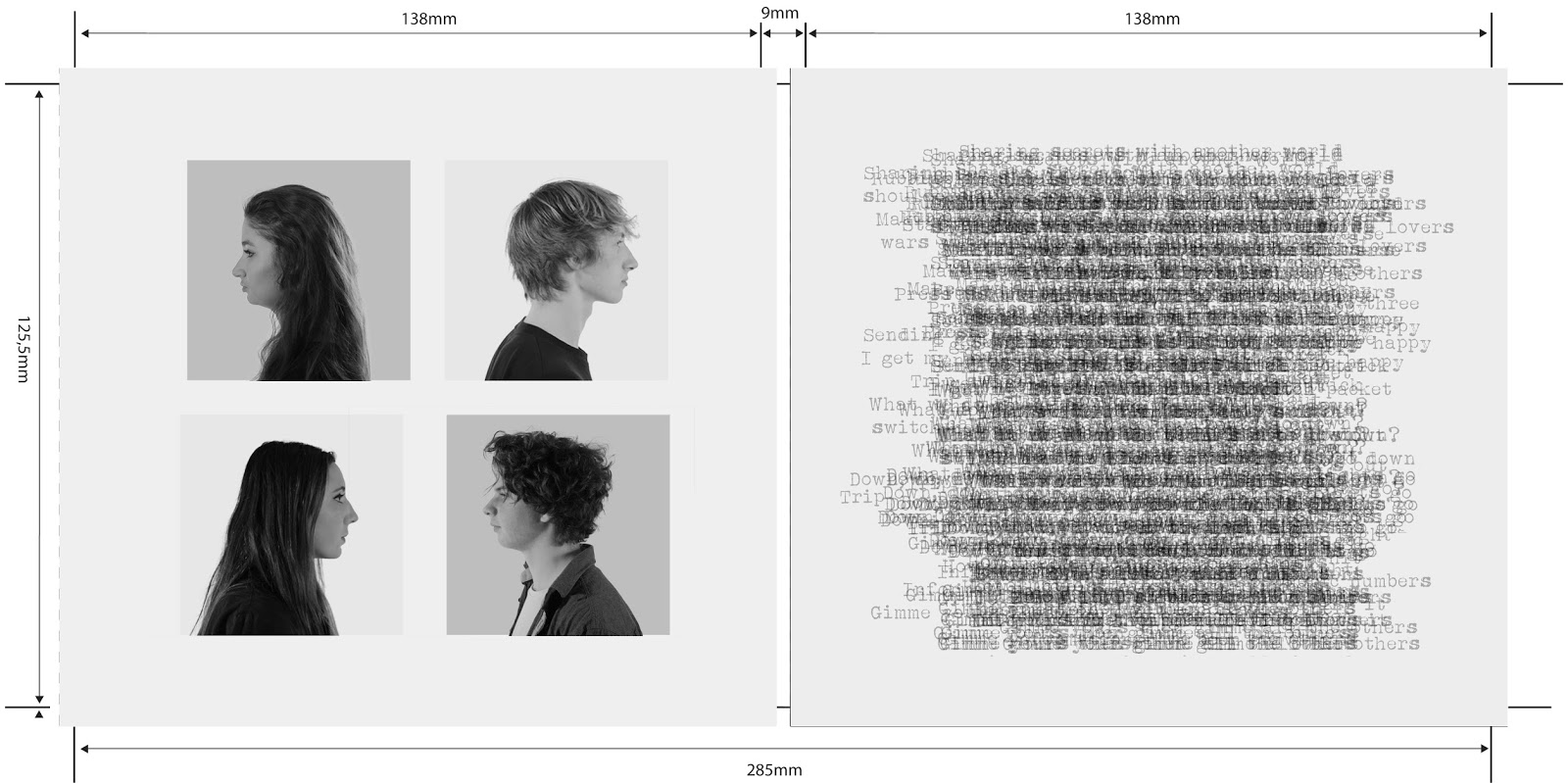
I created the story board using paper and post-it notes and decided to colour-coordinate the shot types.

To the left is a picture I took of the first section of our story board, it begins with a long shot of the band members walking on to the set on the rooftop and cuts to a mid shot of Luke singing.
 |
| Myself working on the storyboard. |
We also included extreme close-ups of Luke's eyes and pans to add more movement and for dramatic effect.
I found this incredibly helpful to create as I was able to visualise the variety we had in shot types and make sure we had a wide enough range of close-ups/mid shots and long shots. This also made creating a shootboard a lot easier as we were able to refer to the storyboard and when we edit our test shoot we will have a clear idea of what we should be doing.



No comments:
Post a Comment